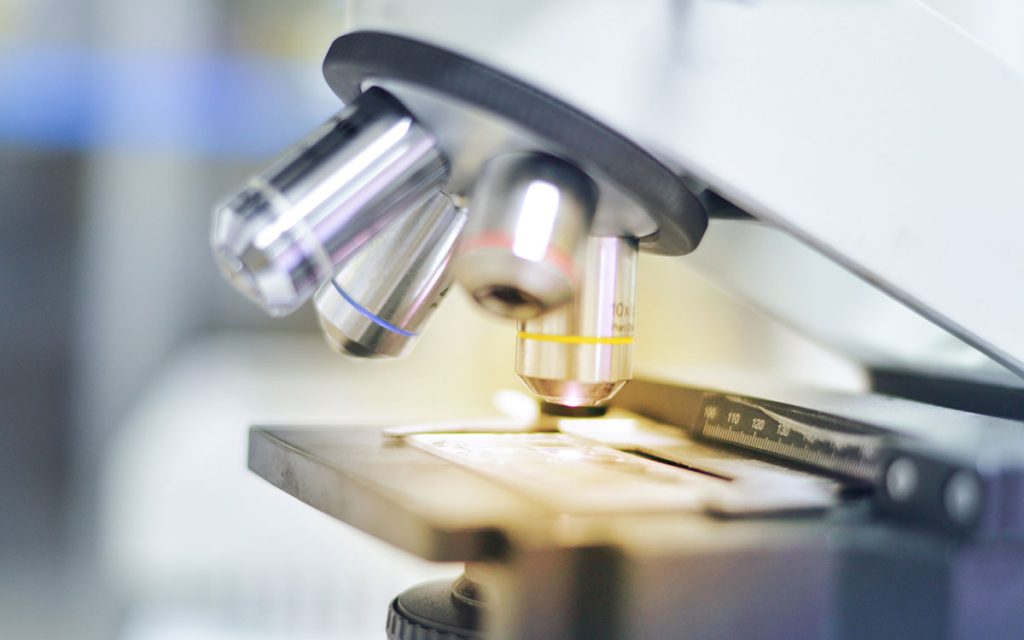What if treating hearing loss were as easy as flipping a switch in a dark room? Science may be one step closer to doing something just like that.
They hope that they can borrow some tips from our animal friends. It turns out that humans, unlike most of the animal kingdom, can’t regrow the tiny hairs in our inner ear that help us hear. Damage to these delicate tiny hairs is a key cause of hearing loss as we age.
Scientists are asking: If animals can do it, can we teach the human body to regrow these hairs too? Can we flip a switch that regrows hair?
We’re likely some time from human trials, but here’s what they’ve found so far.
Why hair regrowth may help hearing
When you’re sitting in the audience at your granddaughter’s piano recital, the piano produces sound waves that enter your ear. But sound waves alone don’t allow you to hear. Deep inside the cochlea, a snail shell-shaped part of your inner ear, you have tiny hairs that dance with these sound waves. Your brain interprets the movement of these tiny hairs as various frequencies (pitches) of sound.
As you hear these different frequencies in various combinations, your brain learns that this combination is your spouse’s voice. That one is a cat’s meow. The other one is the sound of a violin, a car, or the wind.
As we age, we’re exposed to loud sounds and other factors that damage some of these hairs. Once they are harmed in humans, they don’t grow back. Yet.
But if a new therapy could grow them back, we could restore hearing. That’s not as far-fetched as it sounds. Lizards, fish, and even the songbirds outside your kitchen window can restore these hairs.
It’s for the Birds
Researchers are looking closely at how birds regenerate these hairs when they get damaged. They’ve found through ongoing studies that birds have proteins that stimulate hair regrowth. These proteins are called epidermal growth factors (EGF).
When sensors determine that a hair cell has been damaged, they activate support cells in the bird’s body. These support cells help the tiny hairs regenerate.
If, for example, the bird were unlucky enough to be flying by as someone shoots off a firework, the explosion would cause it to lose its hearing. Those humans shooting off the fireworks may suffer the same fate if they didn’t protect their ears. The only difference is that the bird can get its hearing back because of EGF.
They’ve found these same cells in mammals, like us. But in mammals, these cells don’t appear to be able to generate new hair cells in the inner ear. Why, exactly, is unknown.
Flipping that switch
Scientists are studying mice, who are closely related to humans, from a genetic standpoint. They’re trying to figure out if they can somehow “turn on” these EGF cells to regrow damaged hairs.
Thus far, they’ve tried several different methods to “flip the switch” on these cells. And we’re happy to report that they’ve been able to do it.
They successfully activated these cells so that they produced new tiny hair cells in the mice. Researchers saw the new hairs growing. But they didn’t yet know if the experiment had been a success. Once the new hair cells grew, scientists needed to make sure that the mouse’s body knew what to do with them.
It wouldn’t do the mice any good if the new cells grew but didn’t communicate with the brain. Through trials, they’ve determined that within a short time the brain and body integrate the new cells into the hearing system, restoring hearing in mice.
A promising advancement in hearing loss treatment
This is exciting research that hearing specialists and Helping Me Hear are following closely. This may revolutionize how hearing specialists treat hearing loss. But it will need to go through animal and then human clinical trials before it may potentially be available to the general public. And at this time, it’s unknown host expensive such a treatment might be.
While it’s promising, researchers need to verify the results and study any risks to those who receive the treatment. They’ll also need to see how the cells hold up over a longer period of time to make sure the treatment really works.
For now, the best treatment for hearing loss is hearing aids. Today’s hearing aids use state-of-the-art technologies to enhance the hearing experience. If you haven’t been to see your hearing specialist in a while, it may be time for a visit.



